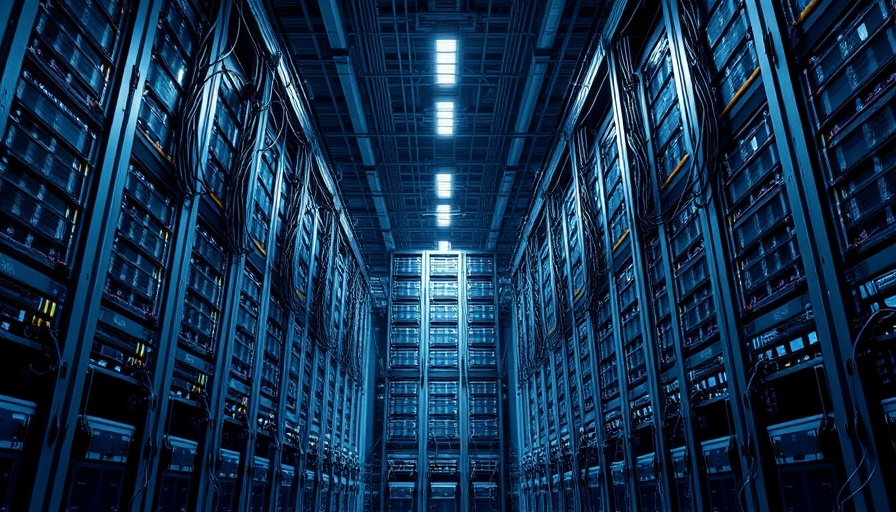
The Growing Threat of Data Center Disruptions
As the demand for artificial intelligence (AI) and cloud computing skyrockets, the implications for the U.S. electrical grid are becoming increasingly alarming. Last summer, a safety incident unearthed fatal vulnerabilities when 60 data centers in the technology-rich "Data Center Alley" near Washington D.C. disconnected from the power grid, switching to backup generators amid fears of voltage fluctuations. This event sent a massive surge of electricity into the grid, forcing major operators like PJM and Dominion Energy to scramble to prevent a cascading blackout.
John Moura, Director of Reliability Assessment and System Analysis for the North American Electric Reliability Corporation (NERC), described these massive disconnections as an unprecedented challenge for grid reliability. "At some level, it becomes too large to withstand unless more grid resources are added," he emphasized. With the projected tripling of electricity consumption by data centers by 2028, these issues are poised to escalate.
Rethinking Energy Strategies
The traditional paradigm of grid management, which predominantly prepares for unexpected outages at power plants, is ill-equipped for the rising phenomenon of large-tech data centers spontaneously disconnecting. Alison Silverstein, a former senior adviser to the U.S. Federal Energy Regulatory Commission, notes, "What it tells us is that the behavior of data centers has the potential to cause cascading power outages for an entire region." This alarming statement underlines the urgent need for regulatory intervention and infrastructure modernization to accommodate these new challenges.
Frequency of Power Supply Incidents
A deeper investigation into these disruptions reveals that the July incident is not an isolated occurrence. A Reuters analysis found over 30 near-miss events reported by the Electric Reliability Council of Texas (ERCOT) since 2020, primarily caused by large-scale disconnections from data centers and crypto mining operations. A prominent example from December 2022 highlights the problem further, when a transformer failure led to nearly 400 industrial users disconnecting from the grid, forcing emergency shutdowns at power plants.
Industry Resistance and Safety Concerns
Regulatory efforts to reform reliability standards have met significant resistance from big tech companies operating data centers. One potential reform suggests that data centers should “ride through” routine voltage fluctuations, rather than disconnecting immediately. Proponents argue this could minimize stress on the grid, while operators fear that failing to disconnect could damage sensitive equipment. The Data Center Coalition, representing giants like Google and Amazon, contends that hardware is susceptible to electrical fluctuations, risking performance and longevity. This impasse showcases the critical balancing act between improving grid reliability and protecting technological investments.
The Need for Federal Action
With the increasing reliance on data centers, it's vital for federal regulators to act. They must find solutions that protect the grid while also addressing the concerns of data center operators. Forming an interdisciplinary task force could help expedite this dialogue, opening up pathways to innovative reliability measures that embrace new technologies while ensuring the stability of electricity supply.
Looking Ahead: What Does This Mean for Consumers?
The consequences of failing to address these challenges may hit consumers directly. As grid reliability becomes a more pressing issue, potential outages could disrupt everything from daily activities to business operations. Consumers should remain informed and engaged, as local governments and utility companies navigate these turbulent waters. Residents can advocate for transparent discussions with local leaders on energy policy to weigh in on future developments influencing their electric supply.
Act Now: Stay Informed About Energy Issues
The data center boom has changed the landscape of electricity demand, posing an undeniable risk to U.S. grid stability. As consumers, it is essential to stay updated on how these developments impact our communities and livelihoods. By participating actively in local energy discussions, we can be part of the solution to safeguard our electric grid for future generations.
 Add Element
Add Element  Add Row
Add Row 



Write A Comment